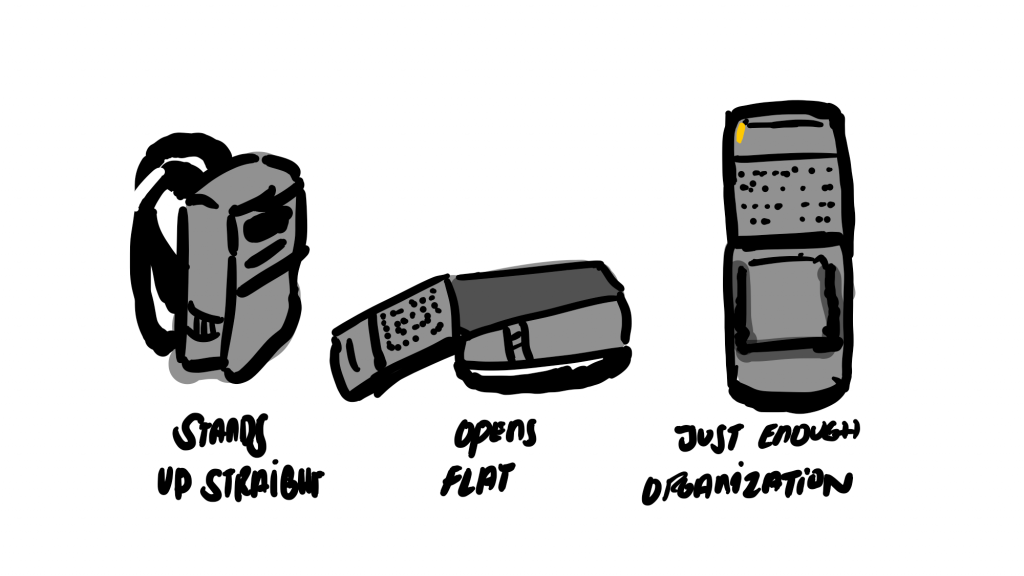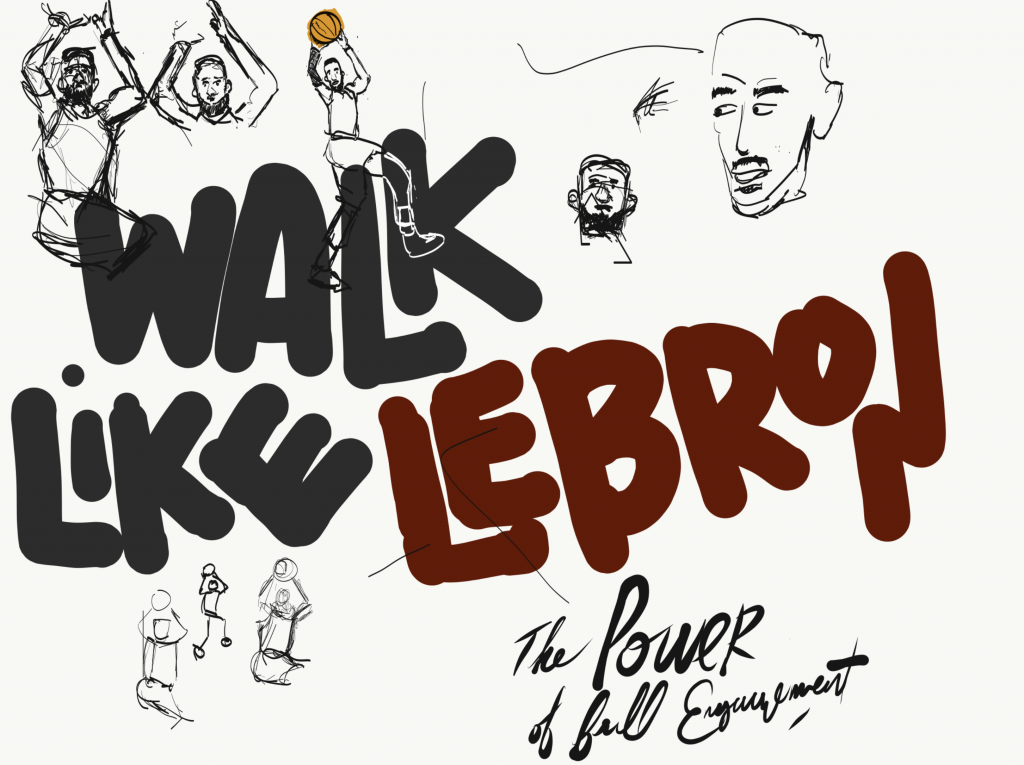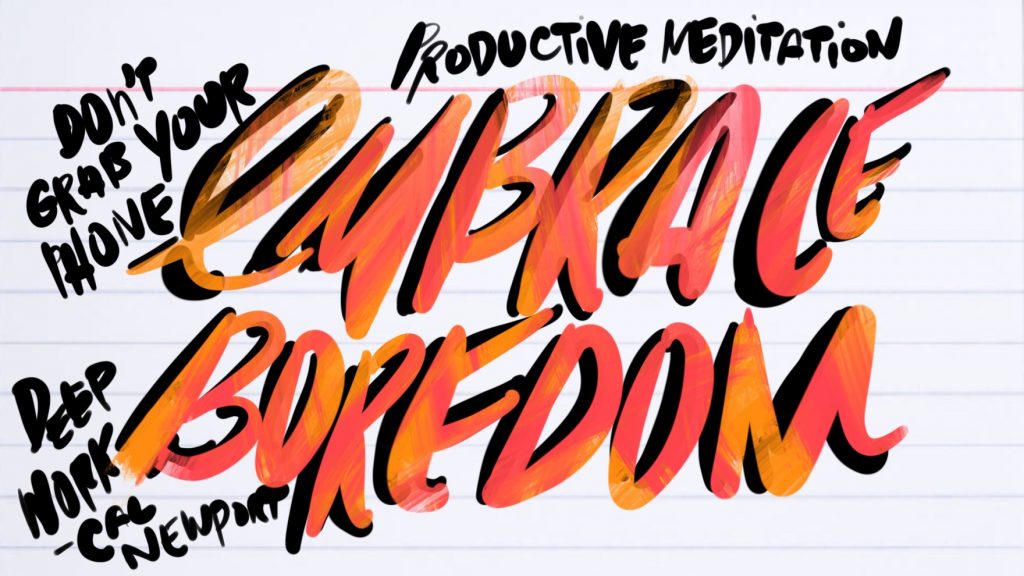Why does a single sentence matter?
That’s about all the time you’ve got to explain something.
One sentence for this post: Dave Chang says you need to be able to explain your restaurant quickly and it reminded me of something from Ryan Holiday’s book “Perennial Seller”
I’ll start with the Dave Chang part. In the first few episodes (The Pre-opening Diaries) of his new podcast (iTunes, Stitcher), Dave Chang talks about Majordomo in conversations with Bill Simmons. They were recorded a few months ago so it was before Majordomo opened and actually even before Ugly Delicious came out on Netflix.
Oh yeah, the particular bit about having a sentence is in the first episode. (It starts at 14:52)
Bill: Do you feel like the food has to be… the customer can describe it in a sentence? Or the customer will just tell a friend “The food’s great just go there.” Does it have to have a brand I guess is my point.
Dave: Yes. I can expand upon this much more. It’s important that you can explain what you’re doing in a sentence. Or two sentences, tops.
“I’m opening up a steakhouse.” That’s clear.
(In “Creative Quest”, Questlove writes about the importance of deciding what you’re not. I wrote about it here. Dave Chang does not want Majordomo described as “It’s a Korean restaurant.”)

In Perennial Seller, Ryan Holiday writes about making creative work with longevity. He also suggests being able to explain it in a sentence. (Then a paragraph and then a page.)
When you’re starting out, it helps you re-align. You can’t move toward a vision if it’s not clear. One sentence is clear.
Then, when you release it, you can check the results against your initial intent. From Perennial Seller:
The most important part of the process is comparing the results of the exercise against the product we’ve made. Does your one-pager really describe what makes your screenplay worth producing? Would your one sentence capture an investor’s attention in an elevator?
In Dave Chang’s case, the investor is instead that friend you’re trying to pick dinner with. If you can’t describe it in a sentence, how will other people describe it to their friends?

So what would a good sentence be for Dave Chang? From The Dave Chang Show (starts at 16:30):
“I think the best way when someone says ‘Hey, what kind of food are you serving?’ or your friend and goes to you and says ‘Let’s go out to dinner Thursday night, where do you want to go?’ Let’s say ‘We want to go to Majordomo’ they’re like ‘What do they serve?’ it’s like, ‘It’s hard to describe, but you want to go. It’s awesome. I don’t know how to talk about it. It’s awesome.'”
If you’re opening your first restaurant, your first sentence should be as clear as “it’s a steakhouse”. If you’re writing your first novel and expect it to be published and sold, have a genre in mind. Genres become that because a collection of people decided they like some particular collection of things.
If you’ve had success with that, then go ahead and start breaking the rules. Be bold, but understand the challenge. From Perennial Seller:
But you need to know that this will likely make your job harder— and you’ll need to compensate for it in various ways during the creative process, in your packaging and positioning, and certainly in your marketing.
Dave Chang has the career capital to aim for “I don’t know but it’s awesome.” He knows he can deliver on the “it’s awesome” part. He’s done it before. Sometimes he’s failed trying to repeat it. He’s learned from those failures.
He’s sharing his thoughts on all that (and plenty more) on The Dave Chang Show.
Go check that out. I’m gonna go work on my one sentence.
(“Active Recall is sort of like those good podcasts attached to a good blog but instead replace ‘good’ with ‘A for effort’ and then mix in a little…”)



















